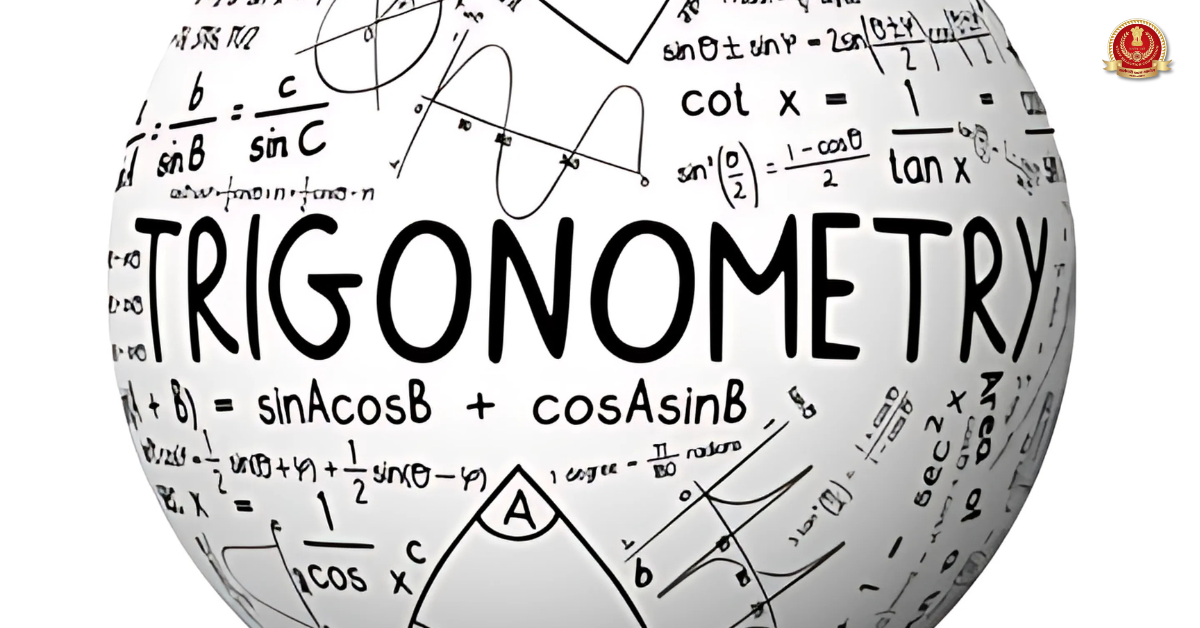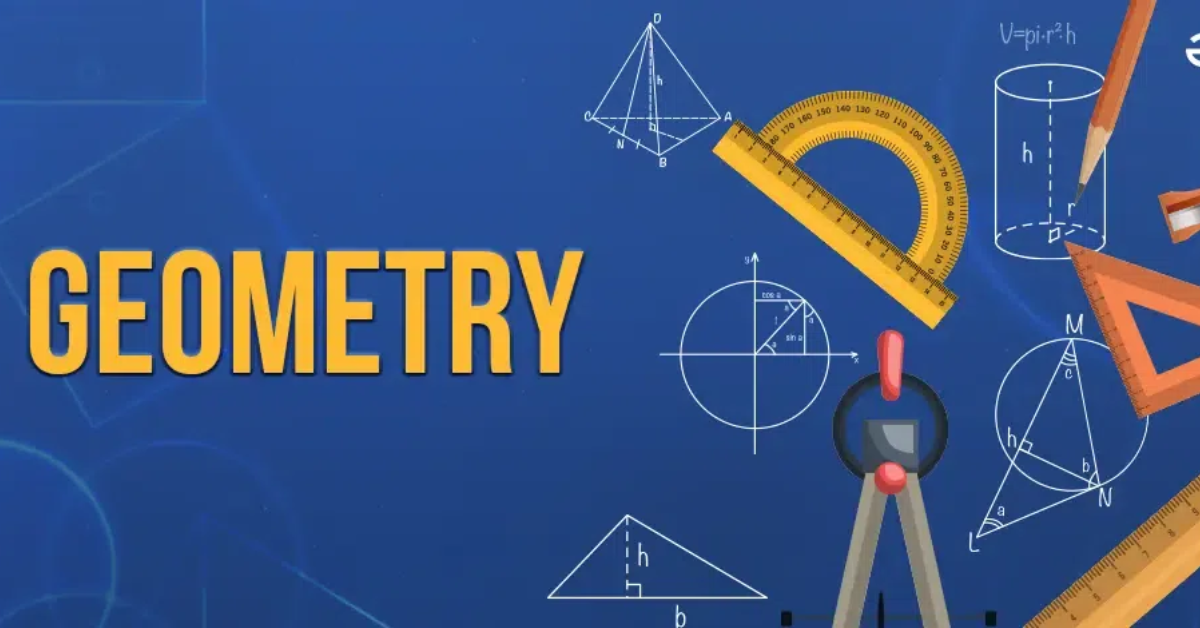MRI Full Form
MRI stands for “Magnetic Resonance Imaging”. It is a non-invasive medical imaging technique that uses powerful magnets and radio waves to generate detailed images of the internal structures of the human body. MRI provides high-resolution images of various body parts, making it an invaluable tool for diagnosis, research, and treatment planning in the medical field. In this article, we will unveil the full form of MRI, and explore its significance, principles, and its role in revolutionizing medical imaging.
MRI Full Form in Hindi
MRI का मतलब “चुंबकीय अनुनाद इमेजिंग” है। यह एक गैर-आक्रामक चिकित्सा इमेजिंग तकनीक है जो मानव शरीर की आंतरिक संरचनाओं की विस्तृत छवियां उत्पन्न करने के लिए शक्तिशाली चुंबक और रेडियो तरंगों का उपयोग करती है।
Understanding the Significance of MRI
The significance of MRI lies in its ability to provide detailed images of soft tissues, organs, and structures inside the body. It offers several critical advantages:
- Non-Invasiveness: MRI does not require the use of ionizing radiation, making it a safe imaging method that does not expose patients to harmful radiation.
- High Resolution: MRI provides high-resolution images, enabling physicians to visualize fine details within the body.
- Versatility: MRI can be used to image a wide range of body parts, from the brain and spine to the heart, abdomen, and musculoskeletal system.
- Contrast Enhancement: Contrast agents can be used in MRI to highlight specific areas or abnormalities within the body, aiding in the detection of diseases and conditions.
Principles of MRI
MRI operates on the principles of nuclear magnetic resonance (NMR), a phenomenon that occurs when atomic nuclei, such as those of hydrogen atoms in the human body, are exposed to a strong magnetic field and radiofrequency pulses. The key principles of MRI include:
- Magnetic Field: MRI machines create a strong and uniform magnetic field within their bore, aligning the magnetic moments of hydrogen nuclei in the body.
- Radiofrequency Pulses: Radiofrequency pulses are applied to the body, perturbing the alignment of hydrogen nuclei.
- Relaxation Processes: When the radiofrequency pulses cease, the hydrogen nuclei release energy and return to their equilibrium state, emitting radiofrequency signals in the process.
- Signal Detection: Specialized coils within the MRI machine detect the emitted signals, and computer algorithms process the data to create images.
MRI Equipment and Procedures
MRI equipment consists of a large, cylindrical magnet with a patient bed that can move into the bore of the magnet. Patients are required to lie still during the procedure to ensure image quality. Depending on the area being imaged, the patient may be asked to hold their breath temporarily.
Contrast agents may be administered orally or intravenously to enhance the visibility of specific structures. The MRI machine emits a series of loud knocking and tapping noises during the scan, which can be lessened with the use of ear protection.
Clinical Applications of MRI
Magnetic Resonance Imaging has a wide range of clinical applications across medical specialties:
- Neurology: MRI is commonly used to image the brain and spinal cord, aiding in the diagnosis of conditions like strokes, brain tumors, multiple sclerosis, and head injuries.
- Cardiology: Cardiac MRI provides detailed images of the heart and is used to diagnose heart conditions, including heart attacks and structural heart defects.
- Orthopedics: Musculoskeletal MRI is crucial in evaluating joint, bone, and soft tissue conditions, such as ligament tears, fractures, and muscle injuries.
- Gastroenterology: MRI of the abdomen and pelvis helps diagnose conditions like liver disease, kidney problems, and gastrointestinal disorders.
- Oncology: MRI plays a vital role in cancer diagnosis and staging, as it provides detailed images of tumors and their surrounding tissues.
- Angiography: Magnetic Resonance Angiography (MRA) is used to visualize blood vessels and diagnose vascular conditions.
Challenges and Advancements in MRI
MRI technology has evolved significantly, leading to more powerful and specialized MRI machines. Challenges and advancements include:
- Access and Cost: MRI machines can be expensive to acquire and operate, and access to MRI services can be limited in certain regions.
- Patient Comfort: Efforts have been made to enhance patient comfort during MRI, including reducing scan times and minimizing noise.
- Functional MRI (fMRI): fMRI is an advanced application that allows researchers to map brain activity and has implications in neuroimaging and psychology.
- MRI-Guided Interventions: MRI-guided procedures and surgeries are advancing, allowing for precise targeting and treatment of specific areas within the body.
Conclusion – MRI Full Form
In conclusion, MRI, with its full form being “Magnetic Resonance Imaging,” stands as a pivotal innovation in the field of medical diagnostics. It harnesses the principles of nuclear magnetic resonance to create detailed, non-invasive images of the human body’s internal structures. MRI’s significance lies in its versatility, high resolution, non-invasiveness, and capacity to provide crucial information for the diagnosis and treatment of various medical conditions. Despite challenges like access and cost, MRI technology continues to advance, with applications ranging from neurology and cardiology to orthopedics and oncology. As research and development in MRI persist, it promises to further transform the landscape of medical imaging and enhance our understanding of the human body’s intricate details.
- Why is The SSC CGL Called a Mini IAS?
- Important Number System Questions for SSC Exams, Practice Here
- Trigonometry Questions For SSC CGL 2025, Solve Important Questions
- How to Prepare for SSC CGL with Full Time Job? Get Complete Guide
- 40 Geometry Formulas PDF – Download Here
- RRB ALP Mock Test 2025 Official Link , Know How to Solve
MRI Full Form – FAQs
Ans. MRI stands for “Magnetic Resonance Imaging.”
Ans. MRI का मतलब “चुंबकीय अनुनाद इमेजिंग” है।

Hello, I’m Aditi, the creative mind behind the words at Oliveboard. As a content writer specializing in state-level exams, my mission is to unravel the complexities of exam information, ensuring aspiring candidates find clarity and confidence. Having walked the path of an aspirant myself, I bring a unique perspective to my work, crafting accessible content on Exam Notifications, Admit Cards, and Results.
At Oliveboard, I play a crucial role in empowering candidates throughout their exam journey. My dedication lies in making the seemingly daunting process not only understandable but also rewarding. Join me as I break down barriers in exam preparation, providing timely insights and valuable resources. Let’s navigate the path to success together, one well-informed step at a time.






